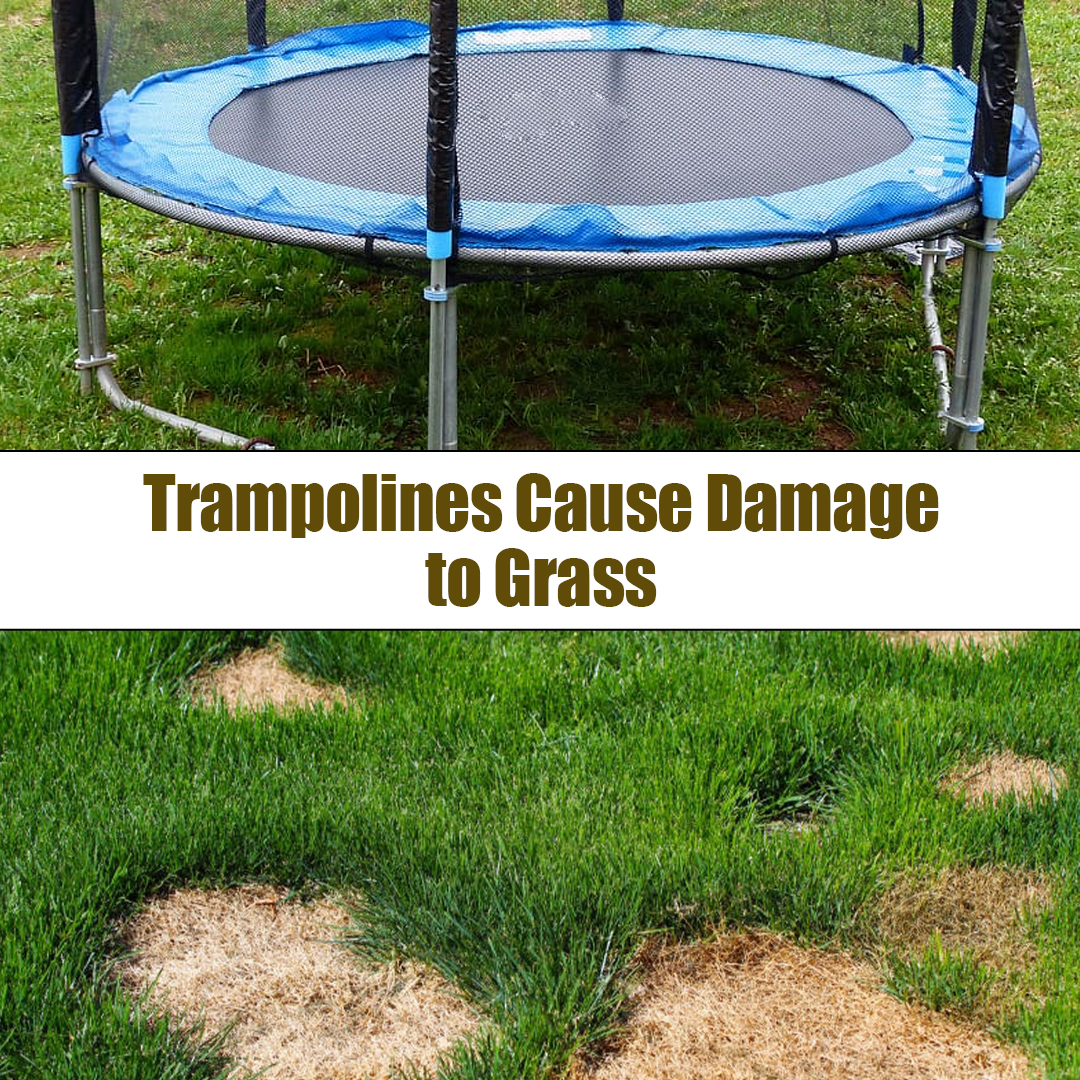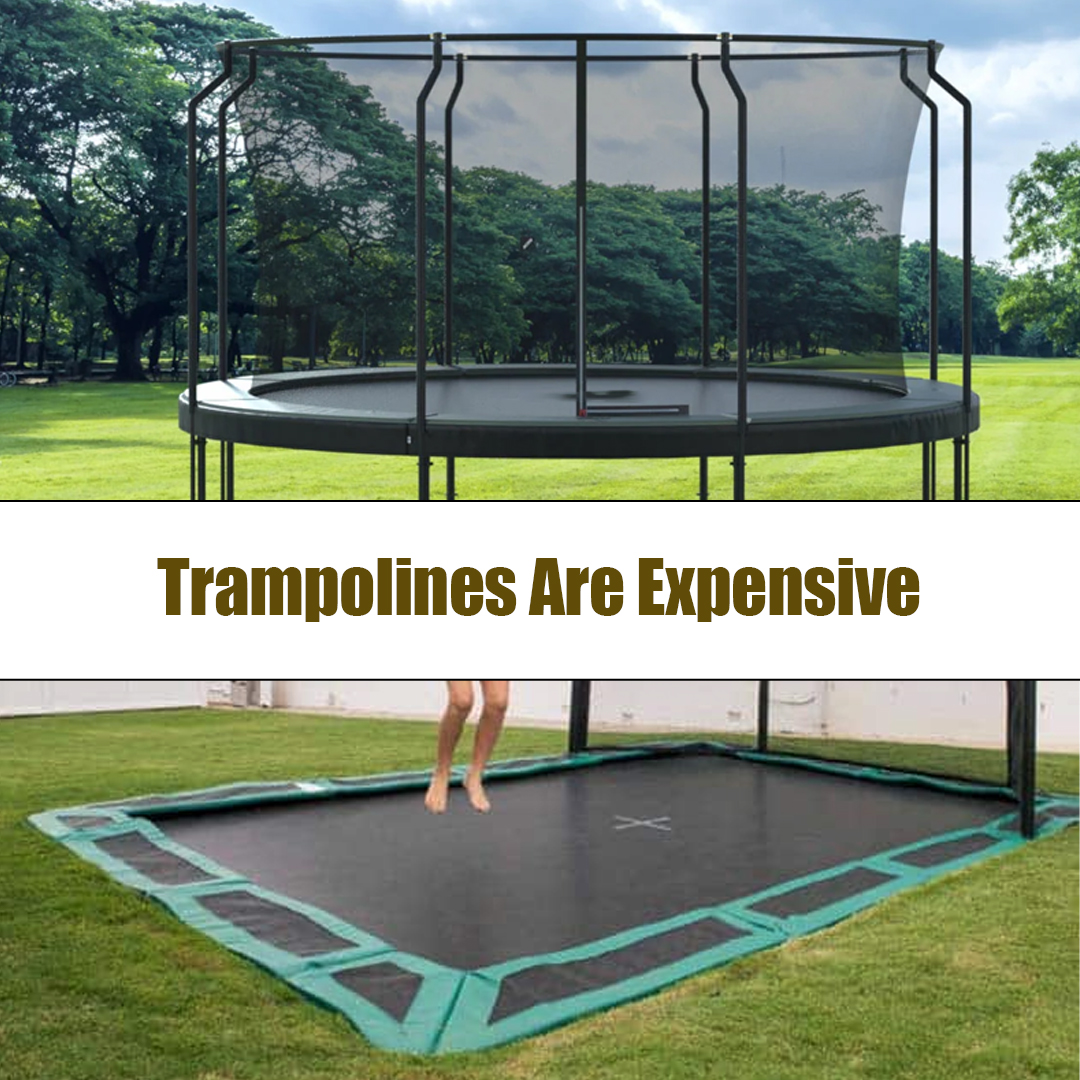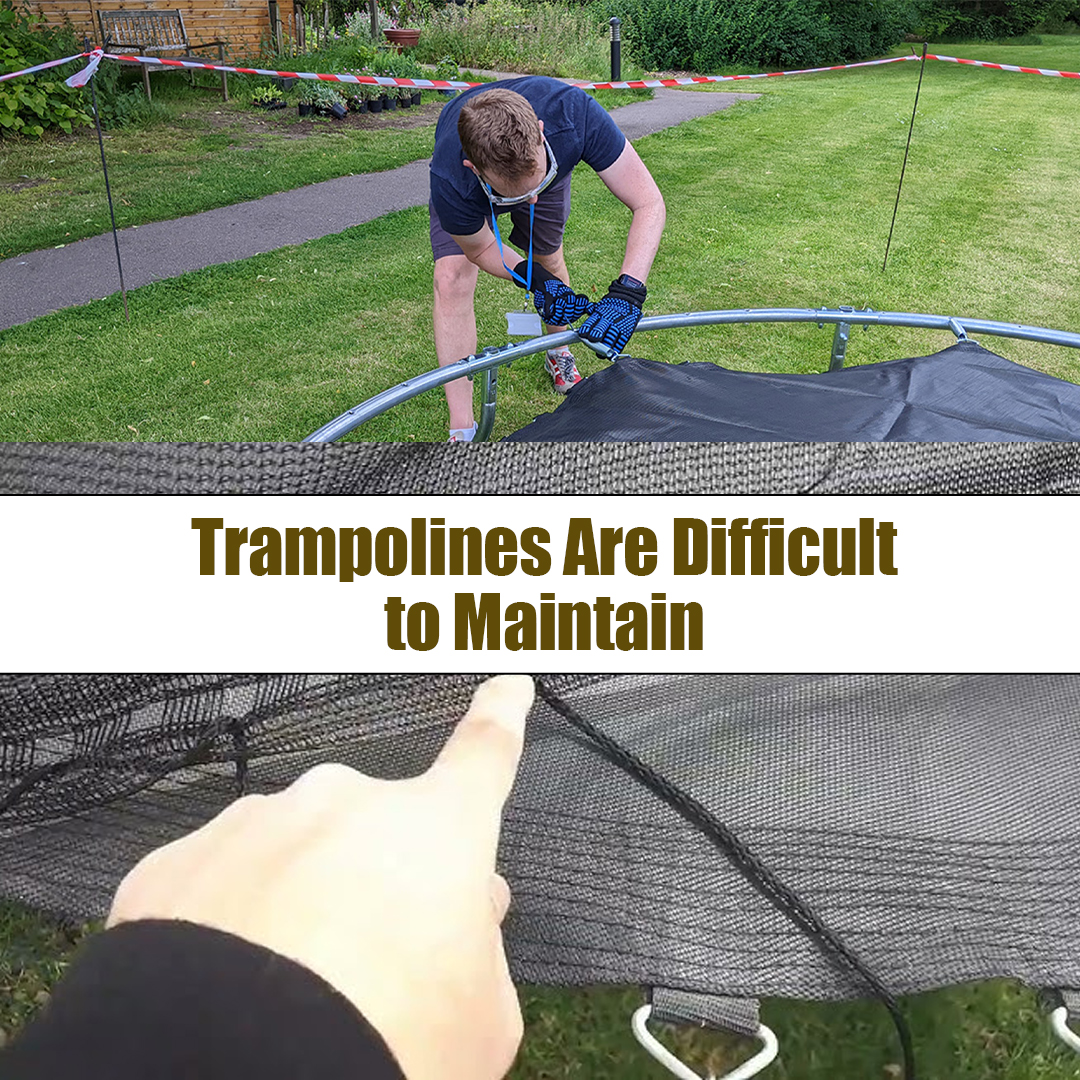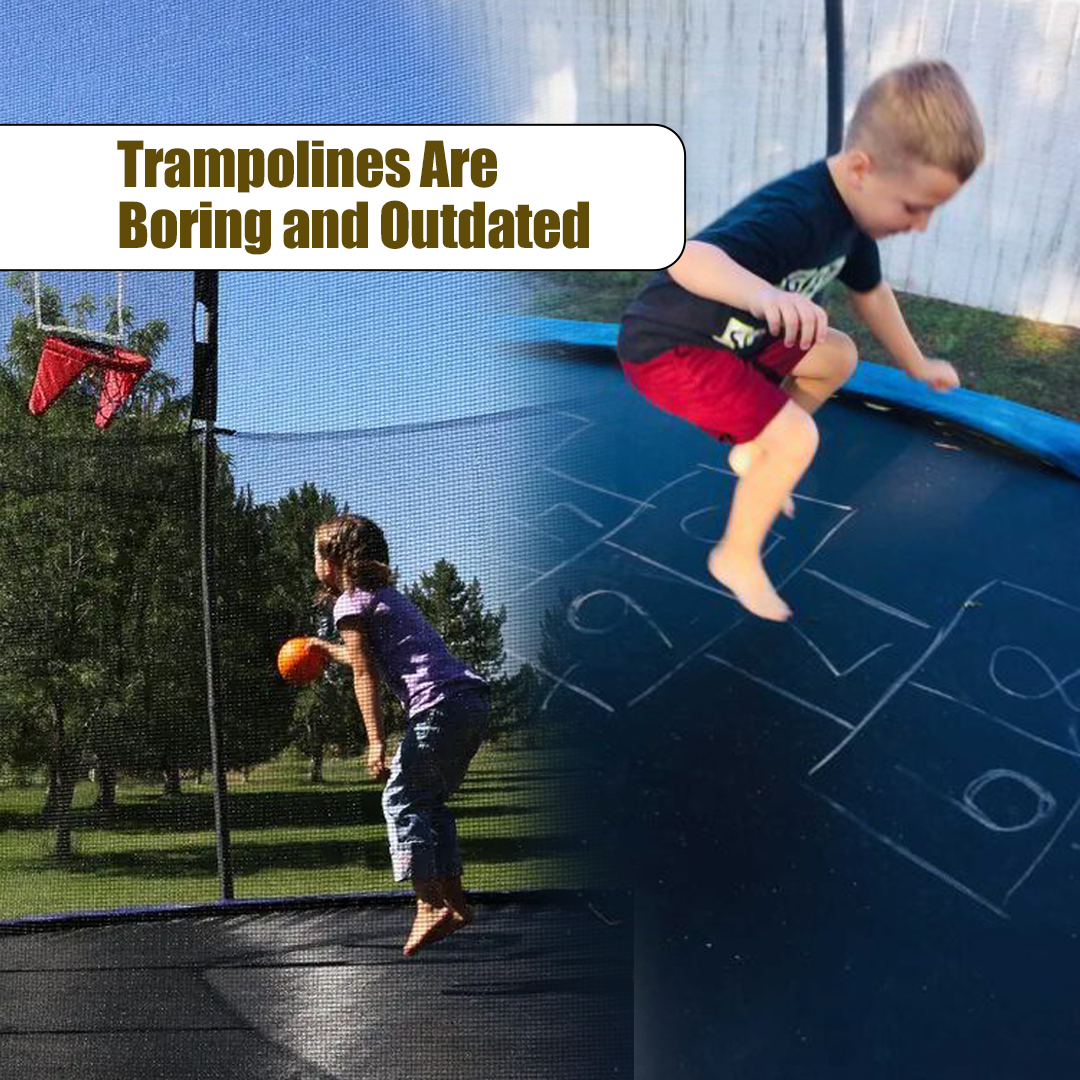
Trampolines are one of the best things you can add to your garden for fun. They have been making people happy for many years, giving both children and adults lots of joy. But, like anything else, there are some downsides to trampolines. There are also some myths that make these downsides seem worse than they are, which might increase the doubt of having a trampoline for your home.
In this blog, we’ll look at the biggest myths about trampolines and give you the real facts. This way, you can make a calculated choice about getting this fun equipment for your garden.
Myth #1: Trampolines are Inherently Dangerous

Fact: While there is a potential for injuries when using trampolines when proper safety precautions are followed, trampolines can be a safe and enjoyable activity. According to the Centers for Disease Control and Prevention (CDC), an estimated 200,000 children aged 14 and younger are treated for playground-related injuries each year. However, this statistic does not mean that all trampolines are dangerous. In fact, many injuries can be prevented by implementing safety measures.
To ensure safety while using a trampoline, it is crucial to follow guidelines such as:
- Supervision: Never allow unsupervised jumping, especially for young children.
- One at a Time: One person should use the trampoline at a time to avoid possible collisions and injuries.
- Age Appropriate: Ensure that the trampoline is suitable for the age and size of the user.
- Safety Enclosure: Invest in a trampoline with a safety enclosure to prevent falls from the trampoline.
By adhering to these guidelines and providing proper supervision, trampolines are a super safe and enjoyable activity for everyone in the family.
Myth #2: Trampolines Are Not Safe to Use

Fact: Trampolines can be used safely when proper precautions are taken. It is important to understand that the majority of trampoline injuries occur due to lack of supervision. By following safety guidelines and investing in high-quality 14ft trampoline, the risk of injuries can be significantly reduced.
One crucial factor in trampoline safety is purchasing a trampoline from a reputable brand such as SuperTramp that prioritises safety in its design. Look for trampolines that include safety features such as padding on the frame and springs, as well as a safety enclosure. These features help minimise the risk of contact with hard surfaces and provide an extra layer of protection.
Additionally, it is essential to educate users about safe jumping techniques and discourage risky behaviours such as flips or somersaults. By promoting responsible use and enforcing safety rules, trampolines can be used safely and enjoyed by all.
Myth #3: Trampolines Cause Damage to Grass

Fact: There is a common misconception that trampolines cause damage to the grass underneath them. While it is true that prolonged placement of a trampoline in one spot can lead to temporary grass discolouration, this can be easily mitigated.
To prevent grass damage, consider moving the trampoline periodically to allow the grass underneath to recover. Alternatively, you can place a layer of mulch or a protective mat under the trampoline to minimise any potential impact on the grass.
It is important to note that the benefits of outdoor play and physical activity on a trampoline far outweigh any minimal and temporary grass discolouration. Enjoying the trampoline and promoting active play should be the primary focus.
Myth #4: Trampolines Are Only for children

Fact: Trampolines are not just for children! Trampolining provides numerous health benefits, including cardiovascular exercise, improved coordination, and increased bone density.
Adults can incorporate trampoline workouts into their fitness routines to add variety and fun. It’s known that outdoor gyms are beneficial for children, but many fitness centers and gyms offer trampoline-based classes that combine cardio and strength training exercises. Jumping on a trampoline can be a low-impact workout that is gentle on the joints while still providing a challenging workout.
Furthermore, trampolines can be a fantastic way for families to bond and spend quality time together. Trampolines truly offer a fun and inclusive activity for everyone in the family.
Myth #5: Trampolines Are Expensive

Fact: Trampolines come in a range of prices, making them accessible to different budgets. From entry-level models to high-end options, there is a trampoline available to suit various price points.
When considering the cost of a trampoline, it is essential to weigh the value it provides. Trampolines offer countless hours of entertainment, physical activity, and family fun. Investing in a high-quality trampoline from a reputable brand ensures durability, safety, and longevity.
Additionally, trampolines are a one-time investment that can provide years of enjoyment. When compared to other forms of entertainment or recreational activities, trampolines offer excellent value for money.
Myth #6: Trampolines Are Difficult to Maintain

Fact: Trampolines require regular maintenance, but it is a relatively straightforward process. By following some simple maintenance tips, you can ensure that your trampoline remains in good condition for years to come.
Regularly inspect the trampoline for any signs of wear or damage, such as tears in the mat or fraying of the springs. Address any issues promptly by replacing damaged parts or contacting the manufacturer for assistance.
Cleaning the trampoline is also essential to prevent the buildup of debris and dirt. Use a mild soap and water solution to clean the frame, mat, and safety enclosure. Avoid using harsh chemicals or abrasive cleaners, as they may damage the trampoline’s materials.
Lastly, consider covering the trampoline during the winter months or when not in use for an extended period. A weatherproof cover helps protect the trampoline from the elements and prolongs its lifespan.
By following these maintenance tips, you can ensure that your trampoline remains safe, functional, and enjoyable for years to come.
Myth #7: Trampolines Are Boring and Outdated

Fact: Trampolines have evolved significantly over the years, offering a range of innovative features and accessories that keep them exciting and engaging. From bounce boards and basketball hoops to interactive games and fitness trackers, trampolines have embraced modern technology to enhance the jumping experience.
Furthermore, trampolining has gained popularity as a competitive sport, with athletes performing intricate routines and gravity-defying stunts. Trampoline parks have also become increasingly popular, offering a thrilling experience for individuals of all ages.
Trampolines continue to be a timeless source of fun and entertainment, with new advancements keeping them relevant and captivating. Whether it’s enjoying a leisurely bounce or exploring the exciting world of trampoline tricks, there is never a dull moment on a trampoline.
Conclusion
Trampolines have faced their fair share of myths and misconceptions, but by separating fact from fiction, we can appreciate the joy and benefits they bring. Trampolines are not inherently dangerous but rather require responsible use and adherence to safety guidelines. They offer a fun, inclusive, and active experience for people of all ages.
By understanding the truth behind these common myths, you can make informed decisions about trampolines and create memorable moments of play and laughter in your backyard. Embrace the excitement of trampolining and enjoy the countless physical and emotional benefits it provides.
Remember, when it comes to trampolines, safety, supervision, and responsible use are key. So go ahead, bounce away, and experience the thrill of a trampoline firsthand!
DON'T MISS...
- The Positive Effects of Playground Trampoline on Children's Well-being
- How To Pick The Perfect Playground Trampoline For Your Garden
- 5 Strong Reasons to Add a Commercial Trampoline in Schools and Universities
- Strong Reason to Choose a Bespoke Trampoline Over a Standard One
- Everything You Need to Know About Trampoline Pads


